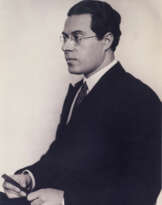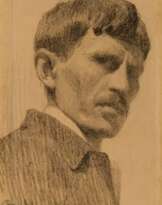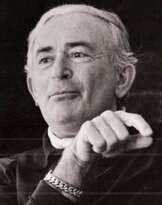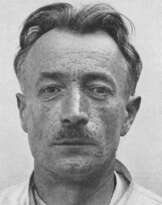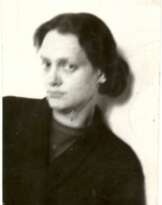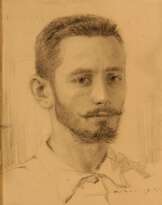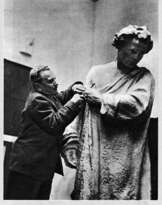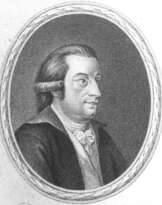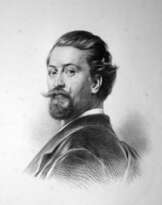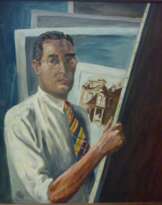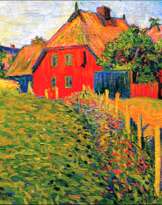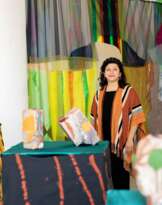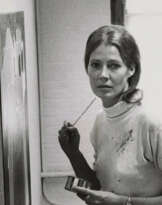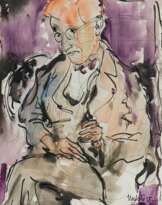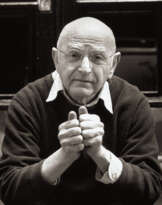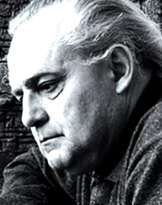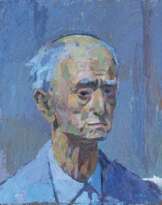Árpád Szenes (1897 - 1985)
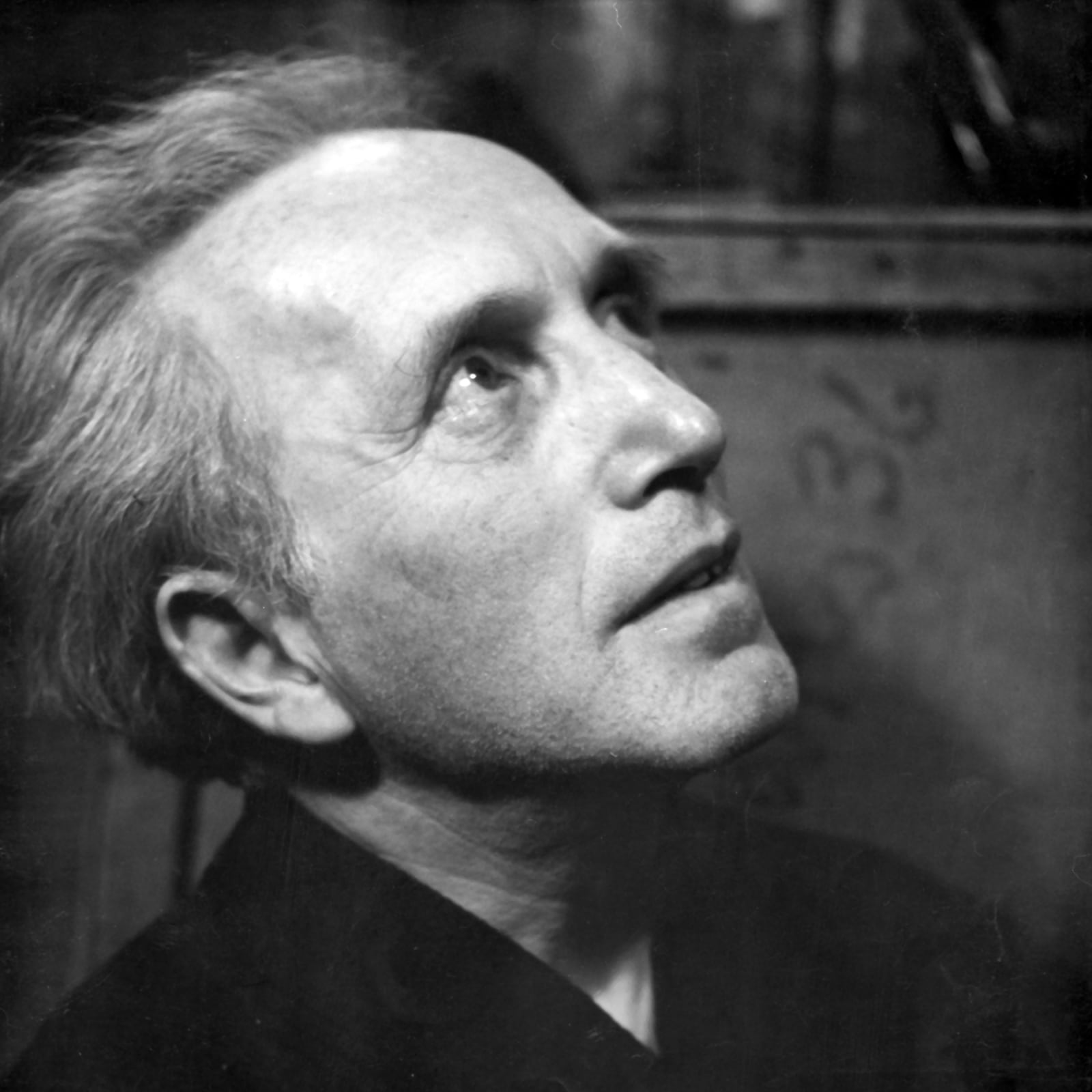
Árpád Szenes
Árpád Szenes (also French: Árpád Szenès), a Hungarian-Jewish abstract painter, left an indelible mark on the world of art, primarily in France. Born in Budapest in 1897, his early life was marked by exposure to renowned artists like Arthur Bárdos and a deep passion for drawing. World War I saw him painting portraits on soldiers' graves, catching the eye of sculptor Dezső Bokros Birman, who nudged him toward modern art. Szenes then joined the free school of József Rippl-Rónai, where he was influenced by Béla Iványi-Grünwald and Károly Kernstok.
In 1930, Szenes married Portuguese artist Maria Helena Vieira da Silva, and together they navigated the bohemian art scene in Paris. They were in close circles with renowned artists like Joan Miró and Max Ernst. The outbreak of World War II prompted them to leave Paris, spending time in Lisbon and eventually settling in Brazil, where Szenes founded a painting school. They returned to Paris in 1947, and Szenes embarked on a significant series of geometric and organic works. However, his wife's fame overshadowed his own in later years. In 1979, he donated several works to museums in Hungary, and after his death in 1985, Vieira da Silva established an art foundation in Lisbon to support emerging artists.
| Date and place of birt: | 6 may 1897, Budapest, Austria-Hungary (1868-1918) |
|---|---|
| Date and place of death: | 16 january 1985, Paris, France |
| Nationality: | Hungary, France |
| Period of activity: | XX century |
| Specialization: | Artist, Painter |
| Art school / group: | New School of Paris, School of Paris |
| Art style: | Abstract art, Modern art, Post War Art |
